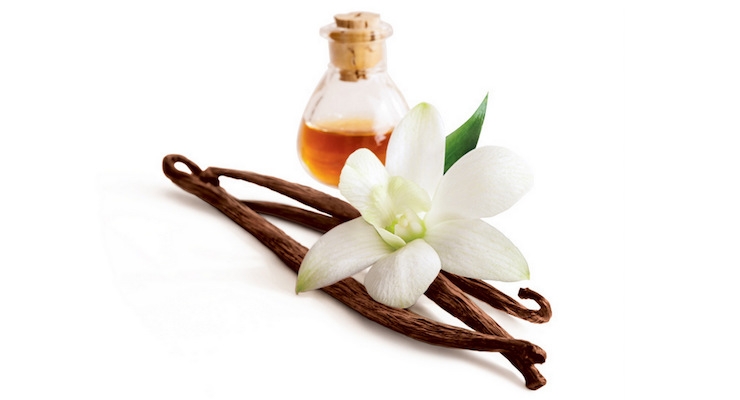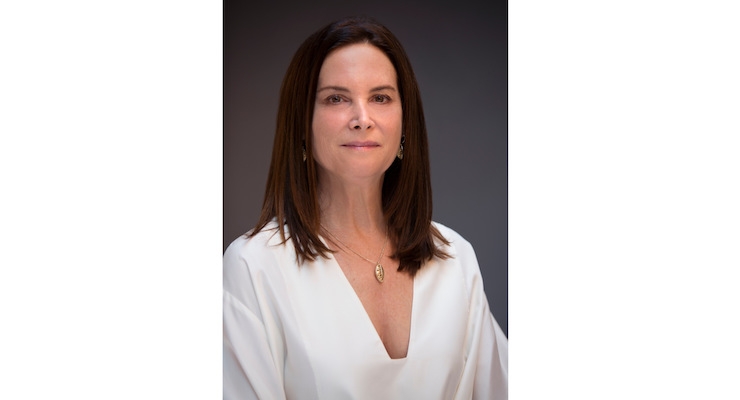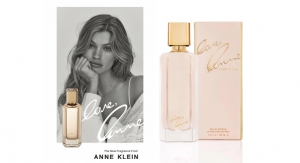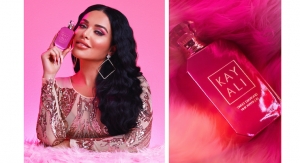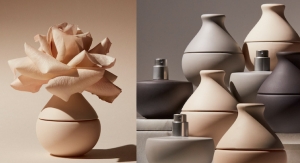Lisa Hoffman05.15.17
The story of how vanilla became a staple scent and flavor is a truly inspiring tale. Vanilla requires heavy labor and costs, yet finds itself in so many of the things we enjoy in our day-to-day life. Featured in everything from our favorite foods and beverages to our perfumes and skin care - there is no question that we take this irreplaceable flavor for granted. I think when a bit more informed about its history and the process of its harvest we can appreciate vanilla for what it is - but more importantly the lessons we can apply to our own lives.
Ancient Totonac Indians of Mexico were the first peoples to harvest the vanilla bean. The Totonac myth of vanilla tells a story of two forbidden lovers, an immortal princess and a mortal man who, upon being found out, were beheaded. The ground on which their blood was spilt would later mark where the tropical vine would grow. In the 15th century, the Aztecs conquered the Totonac Indians and vanilla became a unique offering of tribute to the Aztec kings.
Eventually the Aztecs fell to the Spanish conquests and for years vanilla would be mixed with cacao to make a sweet beverage enjoyed by nobility and upper classes. In 1602, the apothecary to Queen Elizabeth I, Hugh Morgan, was said to introduce vanilla as its own flavor. Meanwhile, Mexico remained the biggest vanilla producer until the 19th century when French entrepreneurs shipped the beans to a pair of small islands off the coast of Madagascar in Eastern Africa.
In 1841, a 12-year-old slave by the name of Edmond Albius, orphaned at childbirth and adopted by his master, found a way to manually pollinate the flowers. He used a thin stick or a blade of grass to open the flower and a swipe of the thumb to spread the pollen. As a result, the pods holding the beans flourished and vanilla plantations were developed on Ile de Bourbon (hence the name Bourbon vanilla). By 1898, Madagascar, Réunion and the Comoros Islands were producing 80% of the vanilla beans in the world. This technique is still used today. In fact, nearly all vanilla is still manually pollenated.
In addition to the turning of the vanilla vine, harvesting this plant is incredibly labor intensive. That paired with how wonderful the natural smell and taste of the bean is, leaves us with the cost of vanilla being the second most expensive spice next to saffron.
What I take from this story is less from its results it yields but more from the unsuspecting details. The fact that a small boy was the agent who spurred a minor trade revolution is a massive reminder that we can never know where the next breakthrough will come from and to what scale. Take the time to breathe, use all of your senses and notice what you take away from smelling a scent like vanilla, or tasting a hint of it in your morning coffee. Allow fragrance to inspire you and spark innovation as it did for that young boy and consequently the rest of the world. You never know when a tiny thing can create such a wide-reaching impact on society.
ABOUT THE AUTHOR
READ MORE
Fragrance Trends Around the World, by Lisa Hoffman
Ancient Totonac Indians of Mexico were the first peoples to harvest the vanilla bean. The Totonac myth of vanilla tells a story of two forbidden lovers, an immortal princess and a mortal man who, upon being found out, were beheaded. The ground on which their blood was spilt would later mark where the tropical vine would grow. In the 15th century, the Aztecs conquered the Totonac Indians and vanilla became a unique offering of tribute to the Aztec kings.
Eventually the Aztecs fell to the Spanish conquests and for years vanilla would be mixed with cacao to make a sweet beverage enjoyed by nobility and upper classes. In 1602, the apothecary to Queen Elizabeth I, Hugh Morgan, was said to introduce vanilla as its own flavor. Meanwhile, Mexico remained the biggest vanilla producer until the 19th century when French entrepreneurs shipped the beans to a pair of small islands off the coast of Madagascar in Eastern Africa.
In 1841, a 12-year-old slave by the name of Edmond Albius, orphaned at childbirth and adopted by his master, found a way to manually pollinate the flowers. He used a thin stick or a blade of grass to open the flower and a swipe of the thumb to spread the pollen. As a result, the pods holding the beans flourished and vanilla plantations were developed on Ile de Bourbon (hence the name Bourbon vanilla). By 1898, Madagascar, Réunion and the Comoros Islands were producing 80% of the vanilla beans in the world. This technique is still used today. In fact, nearly all vanilla is still manually pollenated.
In addition to the turning of the vanilla vine, harvesting this plant is incredibly labor intensive. That paired with how wonderful the natural smell and taste of the bean is, leaves us with the cost of vanilla being the second most expensive spice next to saffron.
What I take from this story is less from its results it yields but more from the unsuspecting details. The fact that a small boy was the agent who spurred a minor trade revolution is a massive reminder that we can never know where the next breakthrough will come from and to what scale. Take the time to breathe, use all of your senses and notice what you take away from smelling a scent like vanilla, or tasting a hint of it in your morning coffee. Allow fragrance to inspire you and spark innovation as it did for that young boy and consequently the rest of the world. You never know when a tiny thing can create such a wide-reaching impact on society.
ABOUT THE AUTHOR
Los Angeles-based perfumer Lisa Hoffman embraces every facet of life into her creative process, from the everyday to the adventurous. With a rich background in fragrance—including education in Grasse, France with the world's most esteemed perfumers—she has seamlessly assimilated traditional fine fragrance into the lifestyle of the contemporary woman to create a brand that's unique and wearable. Each scent in Lisa’s diverse fragrance line has been crafted to capture the essence of her favorite destinations from around the world to effortlessly transport women to places filled with beauty and tranquility.
READ MOREFragrance Trends Around the World, by Lisa Hoffman

